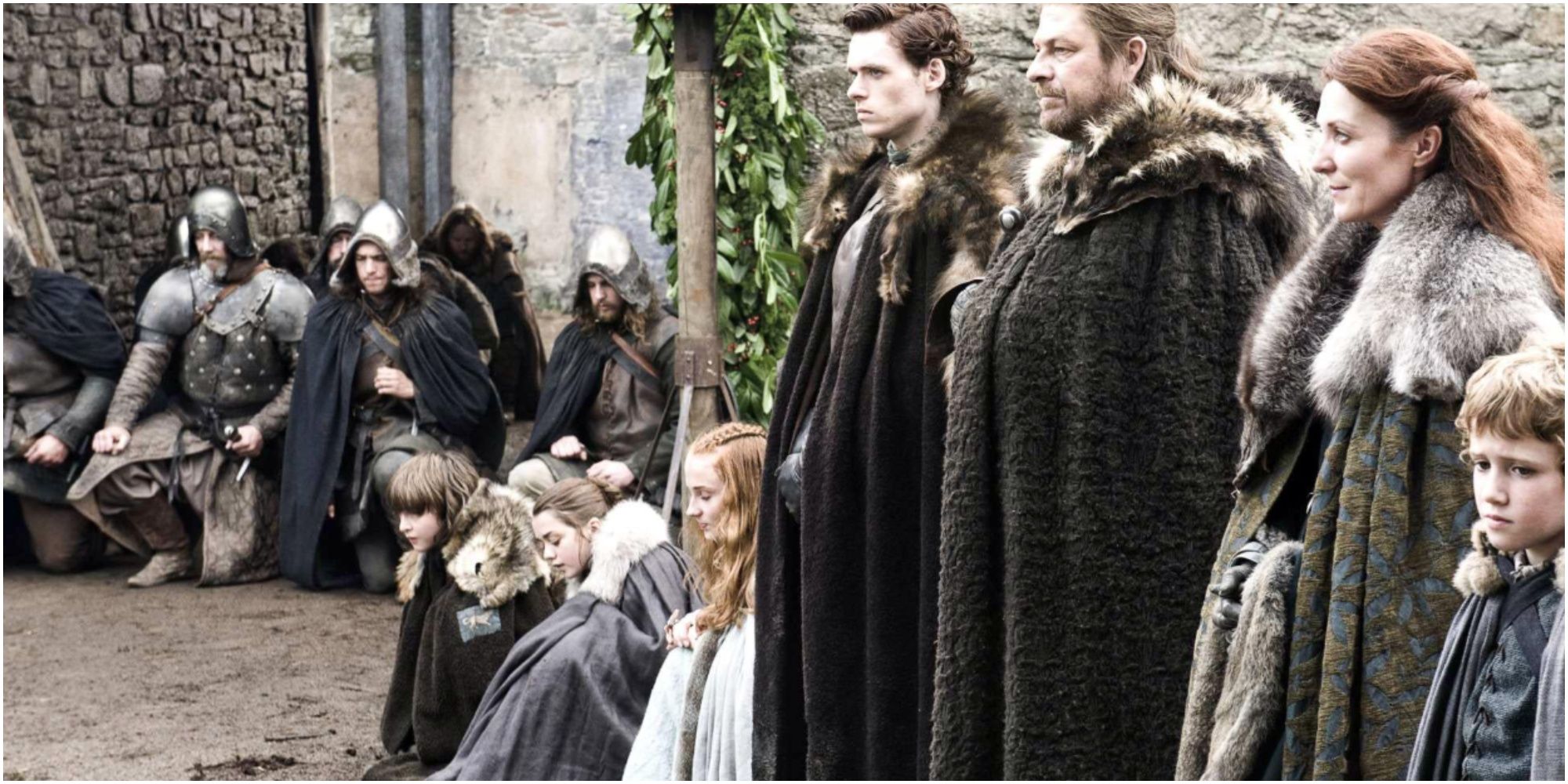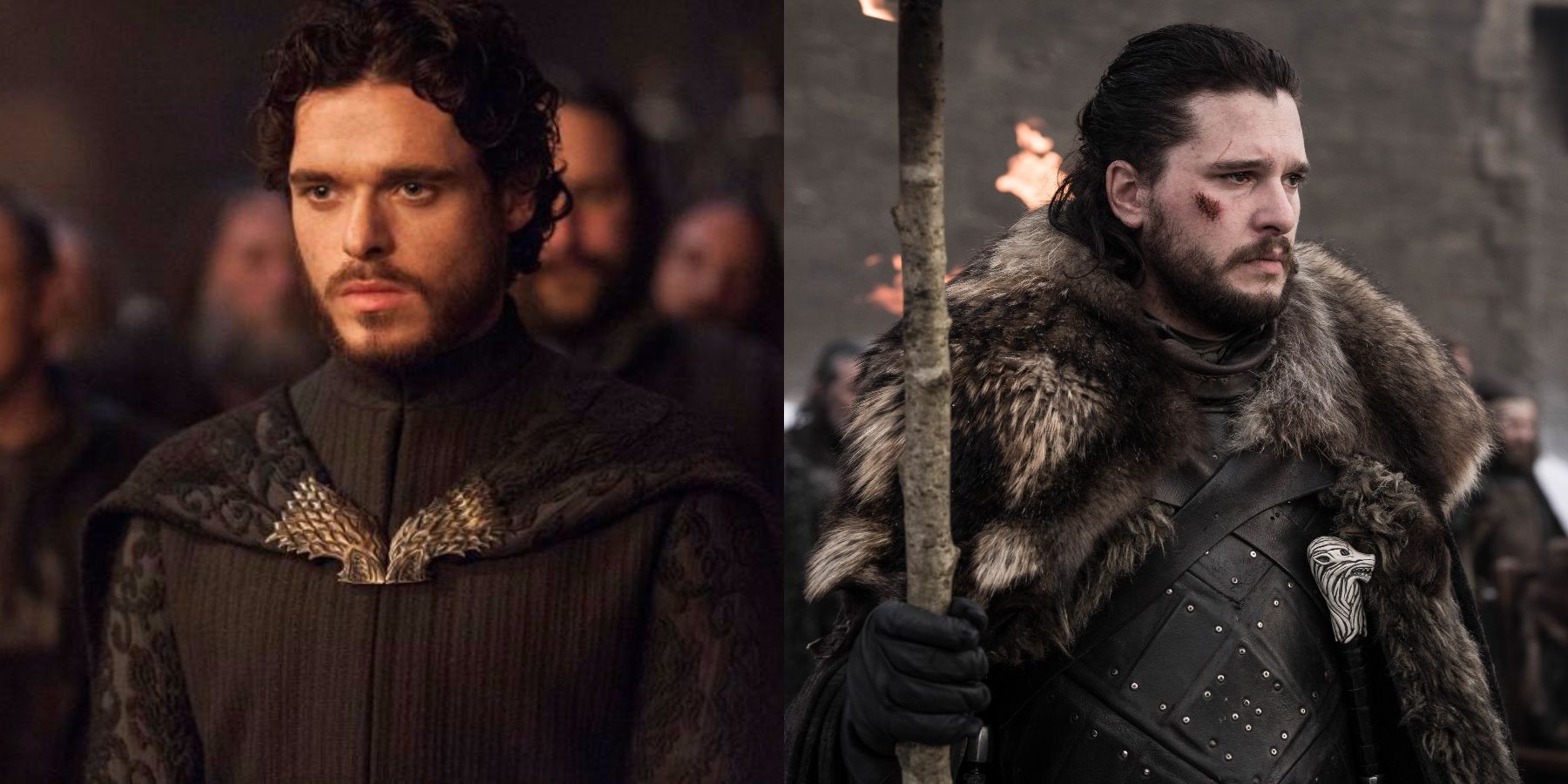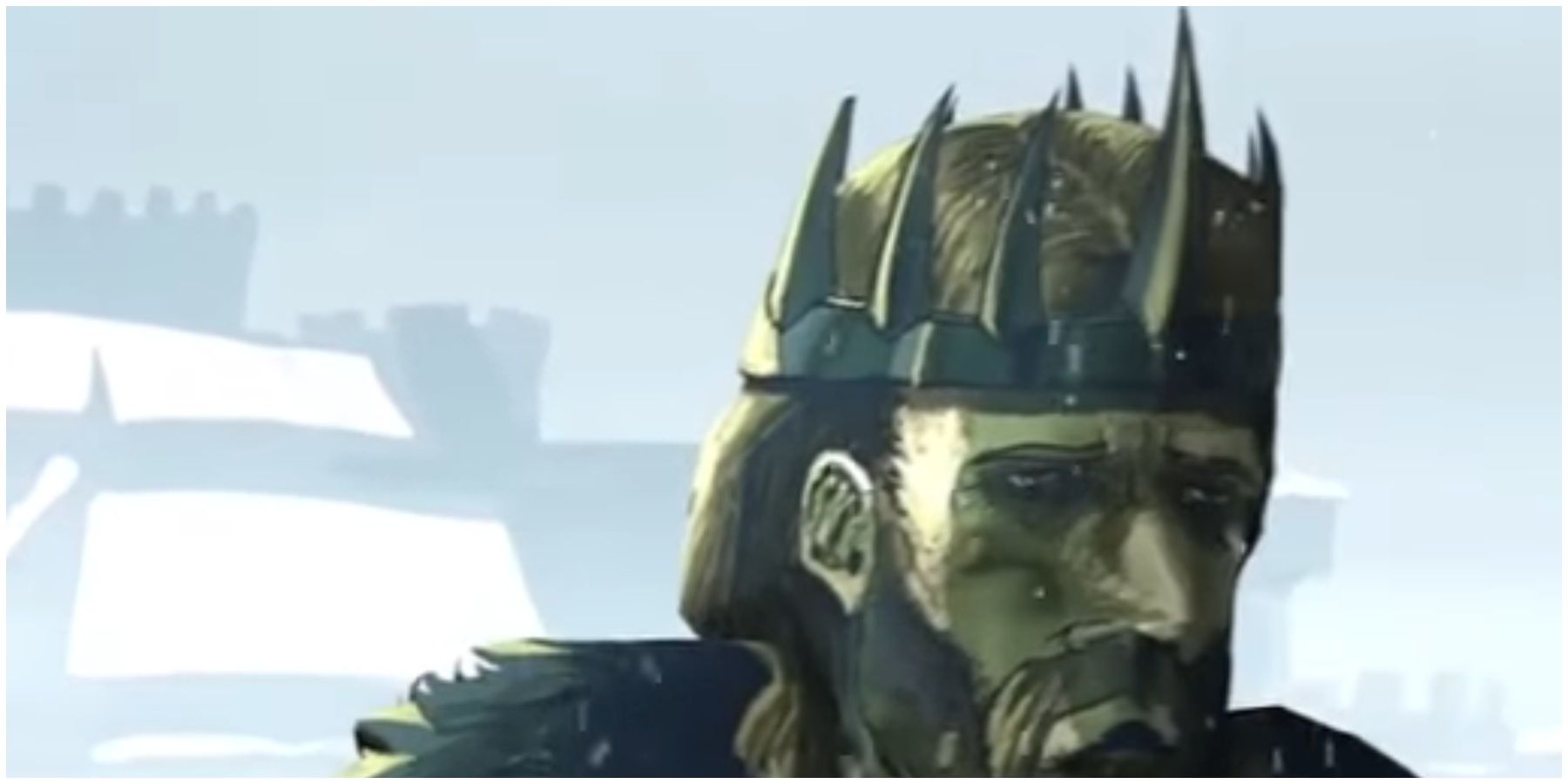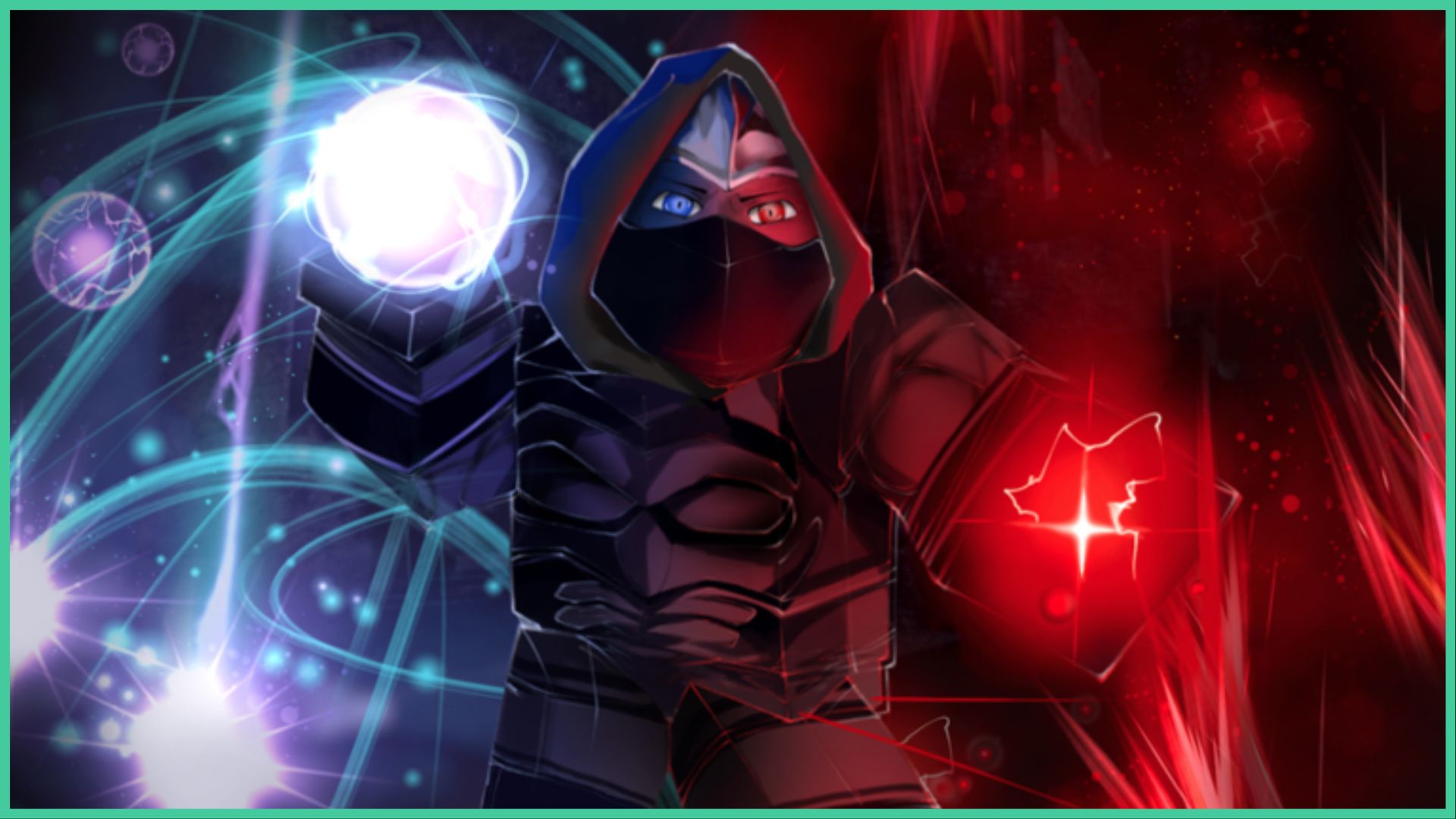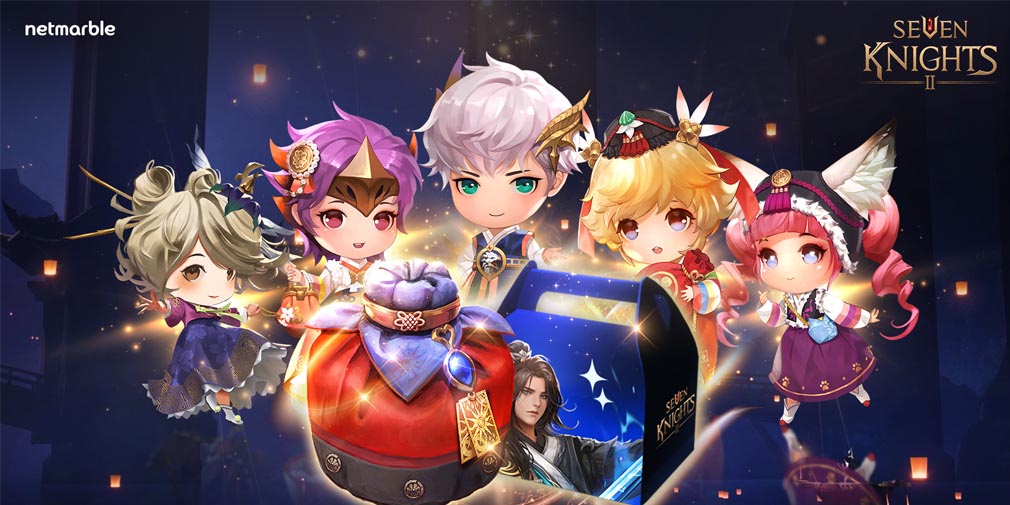Highlights
- The North was once an independent kingdom ruled by the Starks for thousands of years before the Targaryen conquest.
- Sansa Stark seeks to restore the North’s independence and tells King Bran that it will remain a separate kingdom.
- The Starks have a rich genealogy and a history of ruling over the North, with their regalia including the crown of the Kings of Winter.
Before Aegon Targaryen’s Conquest of Westeros, the said continent was divided into seven independent but warring kingdoms. One of these, the North, was independent for thousands of years, but it too fell when the Targaryen dragonlord and his two sister-wives, viz, Visenya and Rhaenys, arrived in Westeros. King of Winter, interchangeably known as King in the North, or King of the North was the title that a Stark ruler who ruled from the seat of Winterfell bore for thousands of years.
In Game of Thrones season 8, episode 6 “The Iron Throne,” the Lady of the North, Sansa Stark sought to restore the old political position of the North that existed before it was colonized. She told King Bran:
I love you little brother, and I always will. And you’ll be a good king. But tens of thousands of North men fell during the great war defending all of Westeros, And those who survived have seen too much and fought too hard ever. The North will remain an independent kingdom as it was for thousands of years.
The Starks trace back their ancestry to Bran the Builder, who errected the Wall and built Winterfell after the Long Night. They are the oldest of the Westerosi Houses, with a rich history and their regalia once included the crown of the Kings of Winter.
Genealogy Of House Stark And The Coming Of The Andals
Jon Snow rightly claims that the Starks have the blood of the First Men, and they remained the last kingdom of the First Men that withstood the Andal invasion and continued to rule over the North. The Coming of the Andals of Essos, or simply put, their invasion, chiefly affected the southern Kingdoms of Westeros. The blood of the First Men flows through the veins of notable Game of Thrones characters such as Jon:
My father was Ned Stark. I have the blood of the First Men.
The Stark resistance to the Andals’ advances explains why the worship of the Old Gods remains strong in the North and why there exists a Godswood at Winterfell.
Game of Thrones is available to stream on Max.
The Starks have a distinguished genealogy that traces back to the legendary Bran the Builder, who lore claims lived in the Age of Heroes. The Kings of Winter gradually conquered more and more lands, and converted kings into vassals. A few examples include the Glovers, the Umbers, and the Boltons. All of these Houses are featured in Game of Thrones. Houses such as Mormont stood behind House Stark for thousands of years and recognized the King in the North. Quite evidently, the Starks / the Kings of Winter built a powerful kingdom, and arguably one of the greatest in the history of Westeros. This means that they would associate their prestige, authority, and suzerainty with their regalia – one of which was the ancient crown of the Kings of Winter.
From King Of Winter To King In The North
In Game of Thrones, when Robb Stark raises banners against the Lannisters in the South, he is proclaimed as King in the North, first by Lord Greatjon Umber and then by the rest:
Renly Baratheon is nothing to me, nor Stannis neither. Why should they rule over me and mine from some flowery seat in the south? What do they know of the Wall or the Wolfswood? Even their gods are wrong. Why shouldn’t we rule ourselves again? It was the dragons we bowed to and now the dragons are dead. There sits the only King I mean to bend my knee to: the King in the North!
This event demonstrated a change in the nomenclature from “King of Winter” to “King in the North.” The latter was the title adopted by the more recent Stark kings, such as Torrhen, who parted with his pride and saved his kingdom from Aegon the Conqueror’s wrath. He is the last known King in the North in Game of Thrones lore (barring Robb Stark and Jon Snow), and he met Aegon face to face and placed his crown under his feet. Aegon demoted Torrhen Stark to the status of Warden of the North and Lord of Winterfell, but to his people, he came to be known as the King Who Knelt. Since then, the Starks guarded the North for the Iron Throne, but Robb Stark and Jon Snow were each hailed as the King in the North in their time. Robb never got to establish a kingdom, as he was assassinated in the War of the Five Kings and Jon bent the knee to Daenerys Targaryen.
The Crown Of The Kings Of Winter
The most famous of the Stark treasures, the crown of the Kings of Winter, was fashioned out of hammered bronze. It was a circlet headwear, i.e., without an arch. This circlet crown was engraved with runes of the First Men. The runes were the ancient writing system used by the First Men, and thus one of their very important contributions. The runes were engraved on stones, cave walls, barrows, and objects, as opposed to written in books or scrolls. The crown of the Kings of winter had nine black iron spikes resembling longswords placed on its top. This circlet remained a source of Stark sovereignty but lost its symbolic value in the Submission of the North.
Game of Thrones lore says that King Torrhen Stark wore the circlet when he crossed the Trident and knelt to Aegon. He negotiated peace because he’d learned lessons from previous events such as the Burning of Harrenhal, and Field of Fire. He knelt to Aegon, and placed the very symbol of his dignity at his feet.
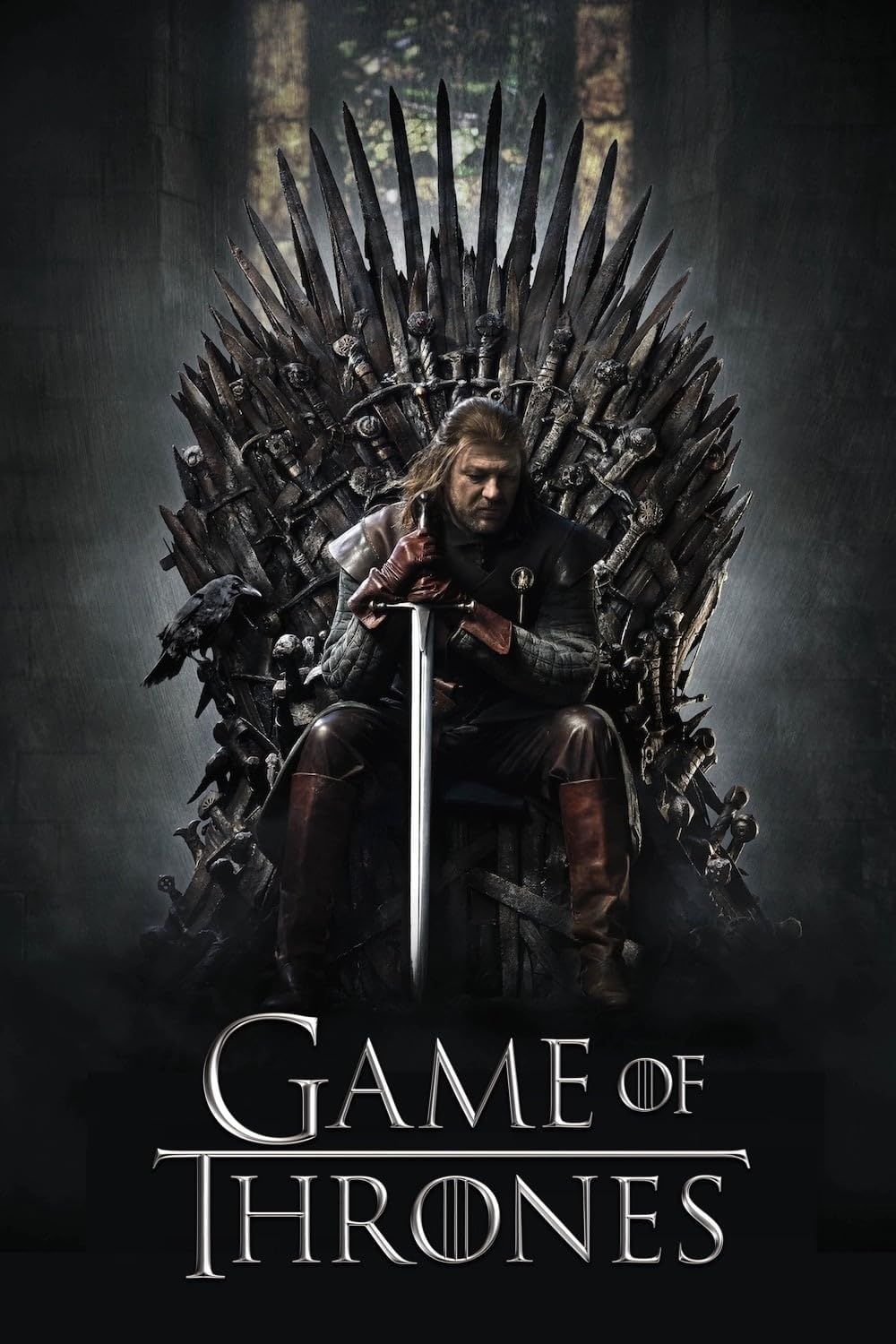
Game of Thrones
Game of Thrones, based on the Song of Ice and Fire book series by George R.R. Martin, tells the sprawling story of warring families in Westeros. This includes the Starks, the Lannisters, the Baratheons, and the Targaryens. Along with human conflicts, Westeros is also threatened by the re-emergence of dragons, and an undead enemy from beyond the Wall.

